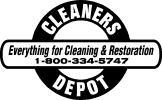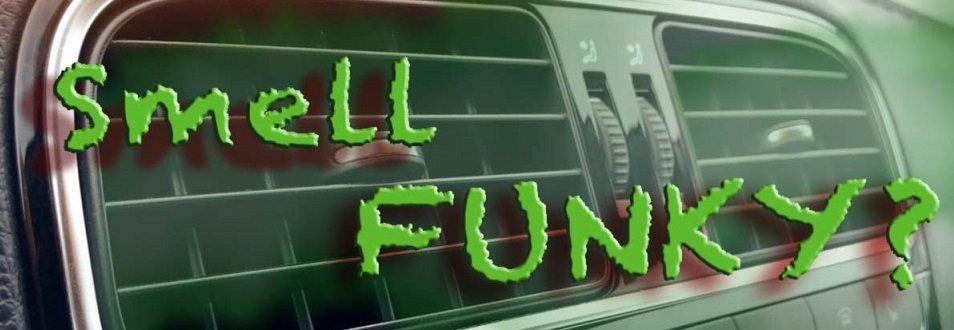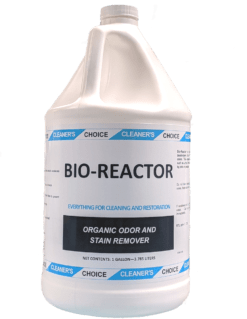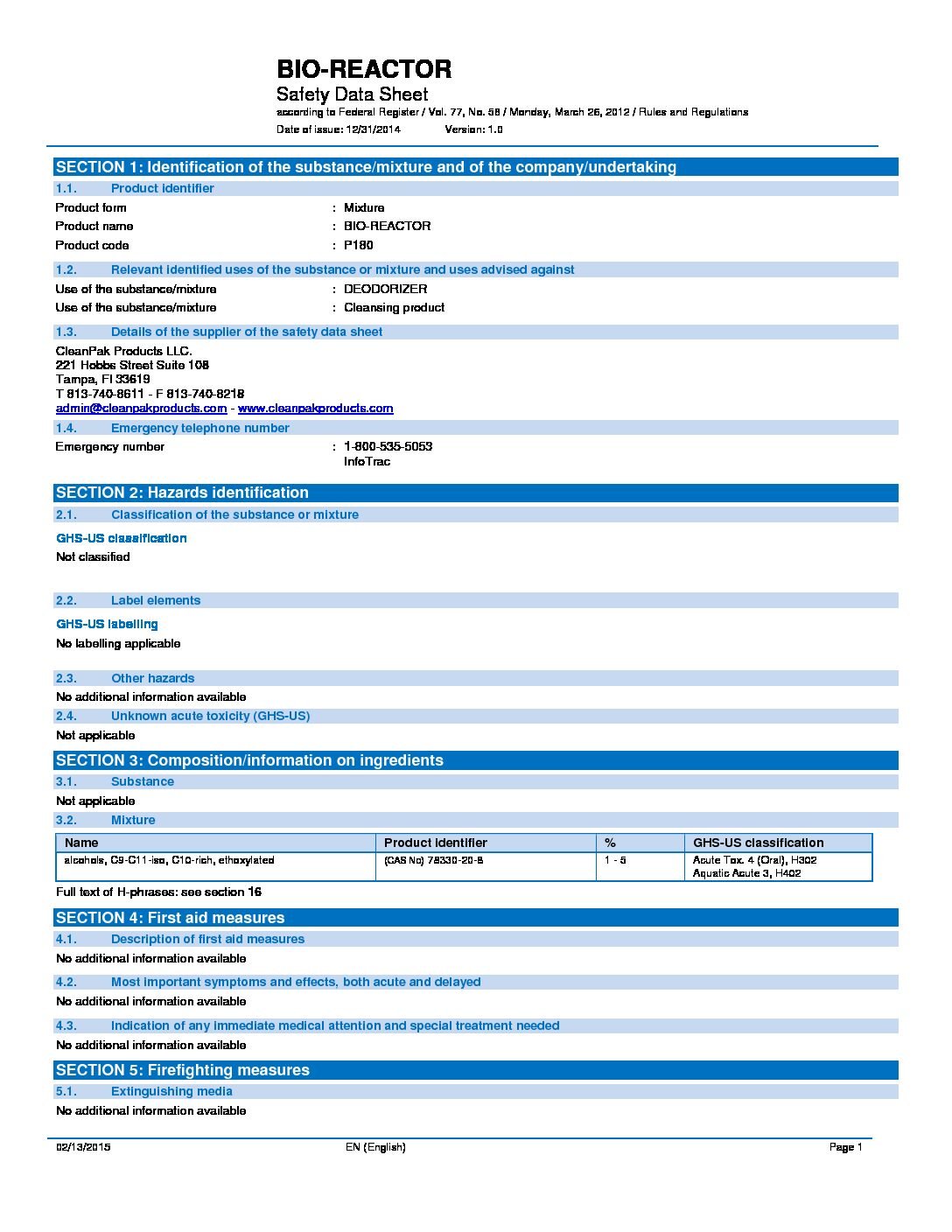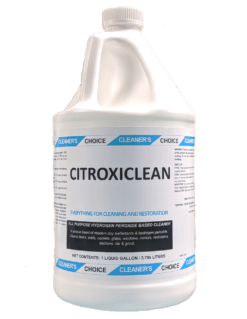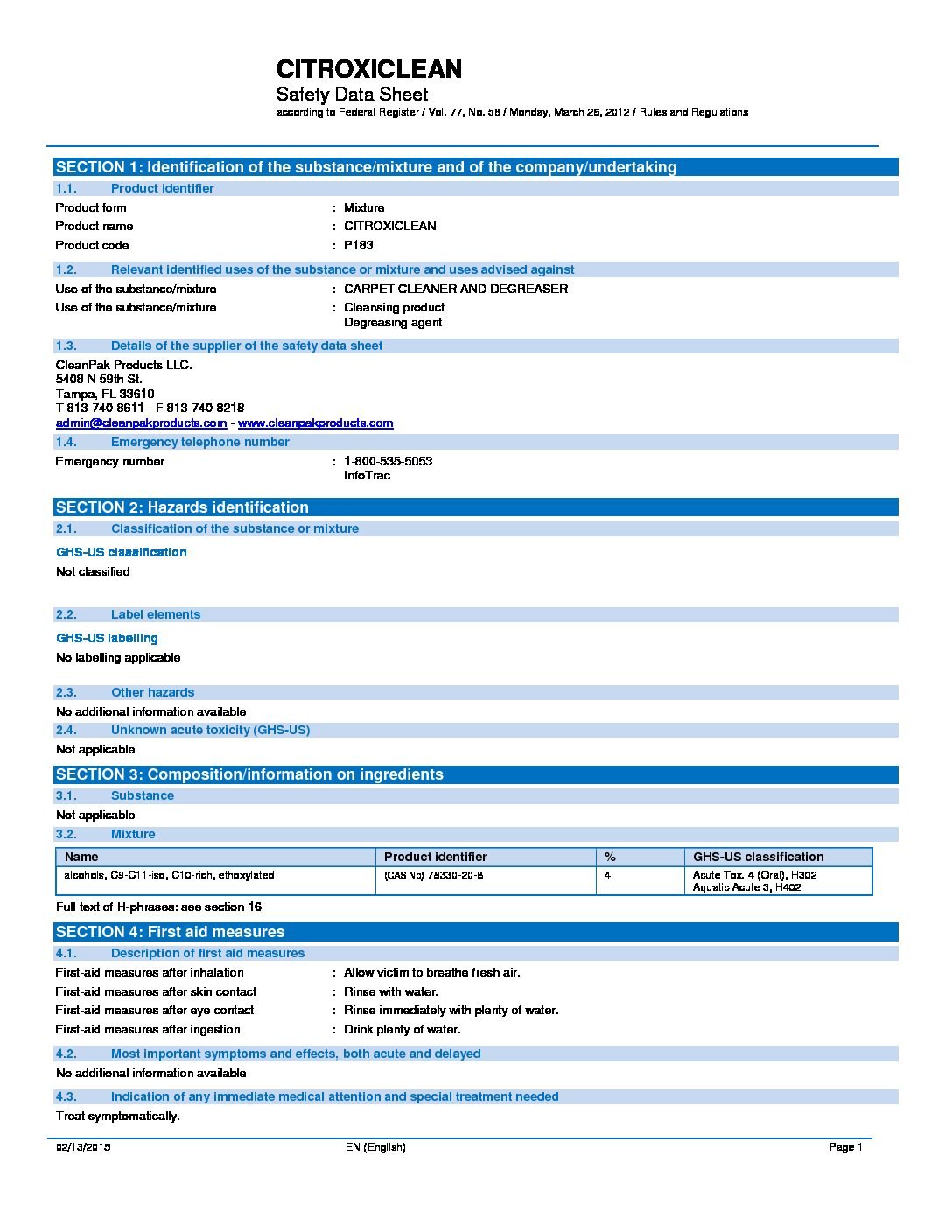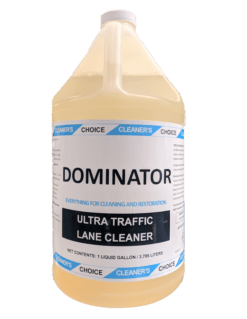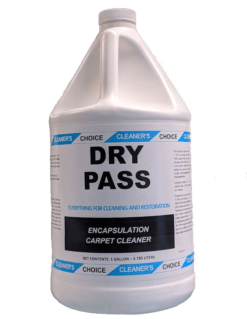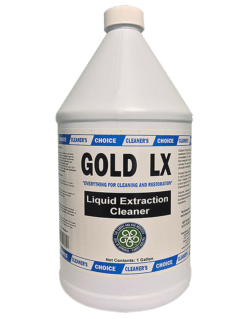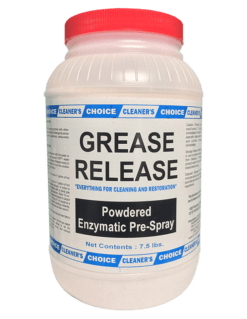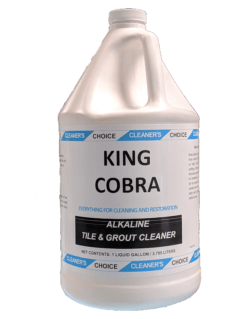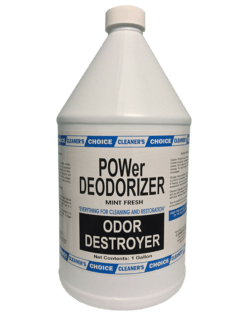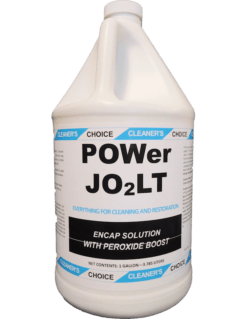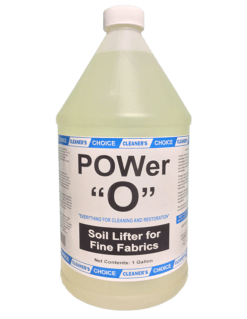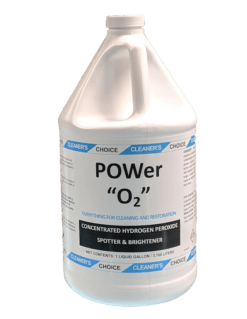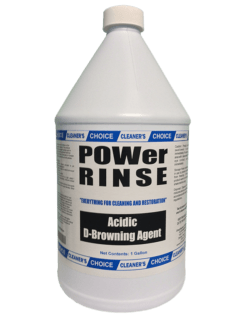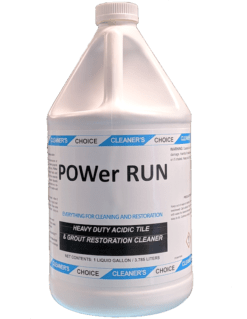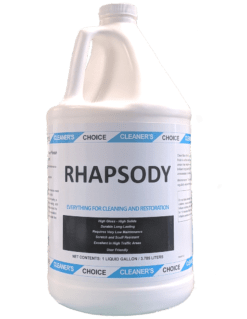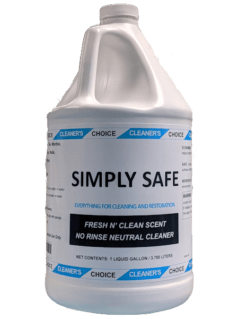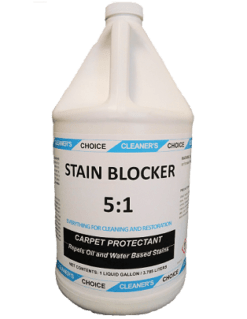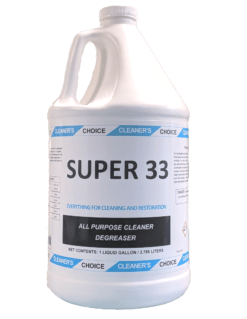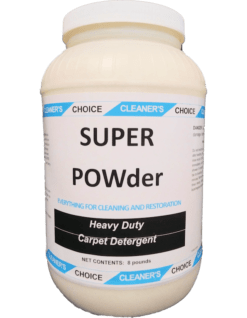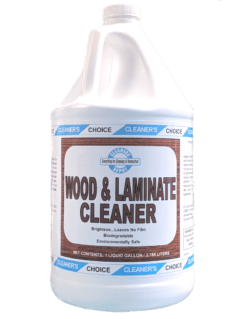Specialty, Technical Resources
Vehicle Odor Removal
Vehicle Odor Removal Procedures
(FOR PROFESSIONAL USE ONLY)
Vehicle Odor removal is a multi-step process, and each step is critical to success:

1. Find the source or sources of the odor
2. Remove most of that source
3. Treat residual odor
Step 1: Find the Source
Use all tools available to find the source of the odor first. The use of an ultraviolet light, for example, can be helpful in locating many protein-based odors, since these sources tend to fluoresce in the presence of UV light. Make sure that the light you use is of sufficient intensity to overcome the ambient light in the area in which you are working. When working on an automobile or a truck, it may be more productive to bring the vehicle into a garage where light can be blocked by closing doors and windows, allowing you to more easily identify protein stains with the UV light.
Penetrating moisture detectors are also useful in locating some urine deposits especially in upholstery and carpet padding. In general, however, your nose and eyes are your best odor-locating tools! Look for residue and sniff for odors. Be aware that odor can be present in multiple locations in a building or vehicle. It is critical to locate every source.
Reason and common sense are also useful in locating sources of odors.
- Food, animal waste and protein odors in general will almost always be found on horizontal soft surfaces such as seats, rear package shelves, carpets and trunk liners.
- Skunk odor sources will usually be on the outside of the vehicle and probably on its underside.
- Smoke odors, such as those from a fire or from tobacco/cannabis use, will cling to all surfaces, including surfaces you can’t see such as door cavities and surfaces under the dashboard and under headliners.
Step 2: Remove the Source
After you have identified the source of an odor, remove as much of that source as you can to reduce the odor. In pet odor situations, for instance, disposal of contaminated carpet padding and treatment of affected textiles with an enzyme digester will dramatically improve your results. In a vehicle, that may not be possible, i.e., you might be limited to disposing floor mats, so if the source is related to pet urine, feces or even wet animal smells, try Un-Duz-It Unleashed™ pet odor and stain eliminator first.
Because the nose can detect very small amounts of contaminant, aggressive cleaning is critical to long term odor control.
Step 3: Treat Residual Odors
After sources have been removed, treat residual odors using one of these methods:
- Adsorbents are typically solid materials, such as activated charcoal or carbon that capture and hold odors on their surfaces. Activated carbon works the same way as a box of baking soda (sodium bicarbonate) picks up the odors in your refrigerator. In fire restoration work, air scrubbers equipped with activated carbon filters literally grab odorous gases out of the air.
- Neutralization implies a chemical balance where one chemical is combined with another to “cancel out” the odor.
Neutralization processes work well against chemical odors such as chlorine and various types of acids. For instance, the
application of a solution of sodium bicarbonate and water will effectively neutralize the odor liberated from an acid spill. - Oxidation. The chemist defines this as a reaction in which electrons are withdrawn from a substance. Oxidizers are often used in laundry soap to “whiten” fabrics – they do so by withdrawing the electrons of the stain compound out of the fabric. Oxidizers are also effective deodorizers. Common oxidizers include ozone, hydrogen peroxide and household bleach. They can be very effective in eliminating odor problems caused by organic decomposition and by skunks.
- Biocides are materials which kill or inhibit the growth of microorganisms. Some microorganisms create odors due to chemical processes in which they participate, such as fermentation and decomposition. Biocides are effective in eliminating odor problems such as those caused by mold and mildew.
- Counteraction means to “work against.” Some odors are made up of a mixture of compounds, and as such are called
complex odors. Complex odors such as smoke odor respond well to a series of odor counteraction procedures such as
suppression spraying, and thermal fogging (also referred to as “vapor phase deodorization”). - Bioenzymatic digestion employs special genetically engineered bacteria and enzymes to consume odorous materials such as animal excreta and spilled fuel oil.
Some odor problems can be remedied with just one of these techniques. Others require multiple procedures.
Use these common items to apply odor control products and biocides:
- A one-gallon pump sprayer for applying odor counteractants and biocides.
- A special syringe to inject biocides under carpeting and into padding.
- Plastic bottles with trigger or pump sprayers for controlled spray of odor counteractants.
- A small electric thermal fogger (such as the ProRestore Products® ElectroGen) for applying petroleum-based thermal fogging agents such as ProRestore Thermo-55™ products.
- And, of course, clean lint-free white cotton toweling (such as terry or especially microfiber cloths) for numerous wiping and cleaning applications.
As always, the quality of the tools and products you use will directly affect your success.
SPECIAL INSTRUCTIONS FOR AUTOMOTIVE ODORS
Tobacco/cannabis smoke is the most frequent odor problem found in automobiles and trucks. This odor is problematic because of tobacco/cannabis’s residues, its unpleasant (to a non-smoker) smell and the way it “hides” itself.
This problem is compounded when the car is closed up while driving, whether in the winter when the heater is on or in the summer when the air conditioning is used. When this happens, the car’s interior is slightly pressurized (there is higher air pressure inside than outside) and, as a result, the tobacco/cannabis-related odor penetrates more deeply into empty cavities such as doors, the trunk, heat and air conditioning vents and the flow-through ventilation vents, as well as into soft surfaces such as seat cover fabrics and headliners.
Because of the nature of the smoke produced, residues from smoking will be deposited on virtually every surface in which the smoke comes into contact. After the car has been driven for years, the brown buildup that you see on interior surfaces is also present in all of these cavities. If these deposits are not treated, the odors they give off will be a permanent part of that vehicle.
Body odor is a second common odor problem in vehicles. Sweat, skin oils, dog and cat hair, and even perfumes and colognes will permeate fabrics and carpeting in vehicles, and each leaves its distinctive odor. As with tobacco/cannabis smoke, the repeated deposit of these types of odor sources can result in a buildup that a typical interior cleaning will not eliminate.
Food spills are another source of problem odors, and can be particularly difficult because liquids from the spill can penetrate deeply into seat cushion materials and carpet padding. The problem is compounded by the fact that the spilled foods are relatively dense, and are difficult to remove.
A fourth and very common source of odor is mold and mildew. Automobiles are an ideal breeding ground for these microorganisms since all of the factors necessary for their growth are present. Heat, dark, lack of air movement, moisture and food sources are all found in cars and trucks. These conditions are especially common in vehicles that sit closed, as on an automobile dealer’s lot or in an owner’s garage, and in cars with window or door seals that don’t seal properly.
The last group of common odors are associated with products used in or by the automobile, including gasoline and diesel fuels, lubricants and hydraulic fluids. Most of these products have a petroleum base.
For best results in removing odors from a vehicle, use the basic odor control procedures described above plus any or all of the following special odor control techniques, depending on the circumstances:
- Automotive source removal
- Spraying
- Injecting
- Thermal fogging
Read and follow label and safety data sheet instructions for each product that you use. The following discussion assumes that the vehicle being treated has already been cleaned and/or detailed.
Automotive Source Removal
Before you can expect to eliminate an odor from a vehicle, you must first ensure that, as much of the source of that odor has been removed as possible. The source will dictate what method you use to remove the odor source. Mold and mildew smells indicate that water or dampness is present. Before dealing with these odors, you will need to ensure that all leaks are repaired and that the vehicle is completely dry inside. Pay special attention to the condensate drain in vehicle air conditioning systems. These can sometimes becomes plugged and overflow into a vehicle’s interior, resulting in moldy odors. This usually requires maintenance by a qualified automotive technician.
Protein odors, including those from food spills, tobacco/cannabis smoke and organic wastes, cannot be adequately handled until as much of the source as is possible has been removed. Routine vehicle detailing may not remove all residues, and it is wise to inspect the vehicle and scrape or clean any deposits which remain prior to starting odor control procedures. This step is all the more important if the vehicle has not been detailed prior to odor removal. Note also that liquid spills may saturate porous substrates such as carpet padding and seat cushioning. Simple cleaning, in these cases, may not remove all of the odor source.
One easy and surprisingly effective method for removing odor sources is heat. Allow the vehicle to remain in bright sun so it can be warmed naturally. This will help to accelerate the evaporation of odor compounds trapped inside upholstery and carpets. Place adsorbent materials such as a pan of activated charcoal within the vehicle during this process.
Spraying
Apply spray-ready odor control products using either a trigger sprayer or a pump-up sprayer. Be sure to cover surfaces you do not wish to be treated and quickly wipe up any overspray. Typically you should spray the odor control product directly onto surfaces to be deodorized in an amount sufficient (according to label instructions) to counteract or eliminate the odor. When are treating small areas, spray the product onto a clean white towel and use that to wipe the product onto target surfaces.
You must achieve complete coverage for products to work. Some solutions require you to wipe surfaces clean with an absorbant towel after spraying. Always follow product label instructions.
Injecting
When the odor source has soaked into fabrics, seat cushions, carpets and carpet padding, you may be able to treat the odor by injecting solutions into those areas. Food spills, pet deposits and mold/mildew problems are among this group. Using either a hypodermic injector or a needle attachment to a pump sprayer, inject the amount specified by the product label directly into all affected areas.
Thermal Fogging
One of the most effective odor control treatments is thermal fogging – in fact, it’s possibly the only procedure that can rid a vehicle of tobacco/cannabis odors besides complete disassembly and cleaning. Thermal fogging produces a smoke-like fog that approximates the size of tobacco/cannabis smoke particles and can penetrate into the same areas that the tobacco/cannabis smoke has contaminated. ODORx™ Thermo-55 is especially effective because it creates a vapor barrier that prevents malodors from finding their way into the living environment.
Thermal fogging of a vehicle involves the following steps:
-
- Close all vehicle windows, and start the vehicle engine.
- Turn on the vehicle’s heating system.
- Fog inside the vehicle under the seats for 1 second and under the dash for 2 seconds.
- Close vehicle doors with engine and heat running. Wait 60 seconds.
- Briefly open the vehicle and turn on the air conditioning.
- Close the vehicle with the engine and air conditioning running and wait 60 seconds.
- Open the trunk, if applicable, and fog inside the trunk for 2 seconds.
- Close the trunk, turn off the engine
- Wait for at least 1 hour before re-occupying the vehicle.
Note that the times suggested are approximate. With experience you will be able to adjust the fogging times to suit various situations. It is preferable to err on the side of caution – less fogging is generally better than too much fogging. Over-fogging can leave an oily residue on the interior of the vehicle requiring recleaning. Under-fogging will simply leave a little malodor, which can be remedied by fogging the vehicle again.
Important: This document is a general guide. We strongly recommend the following:
- Attend an Odor Control Certification Class for detailed information. Classes are available through the Restoration
Sciences Academy or Cleaning Professionals Academy. Find information at: LegendBrandsEducation.com - Follow product label instructions and safety information for all products. Information for ProRestore Products
including label and Safety Data Sheets are available at LegendBrandsRestoration.com - Use all products according to label directions.

Do you like making more money? Try Cleaner’s Choice cleaning chemicals!
LOWER price = HIGHER profits with the same GREAT results
